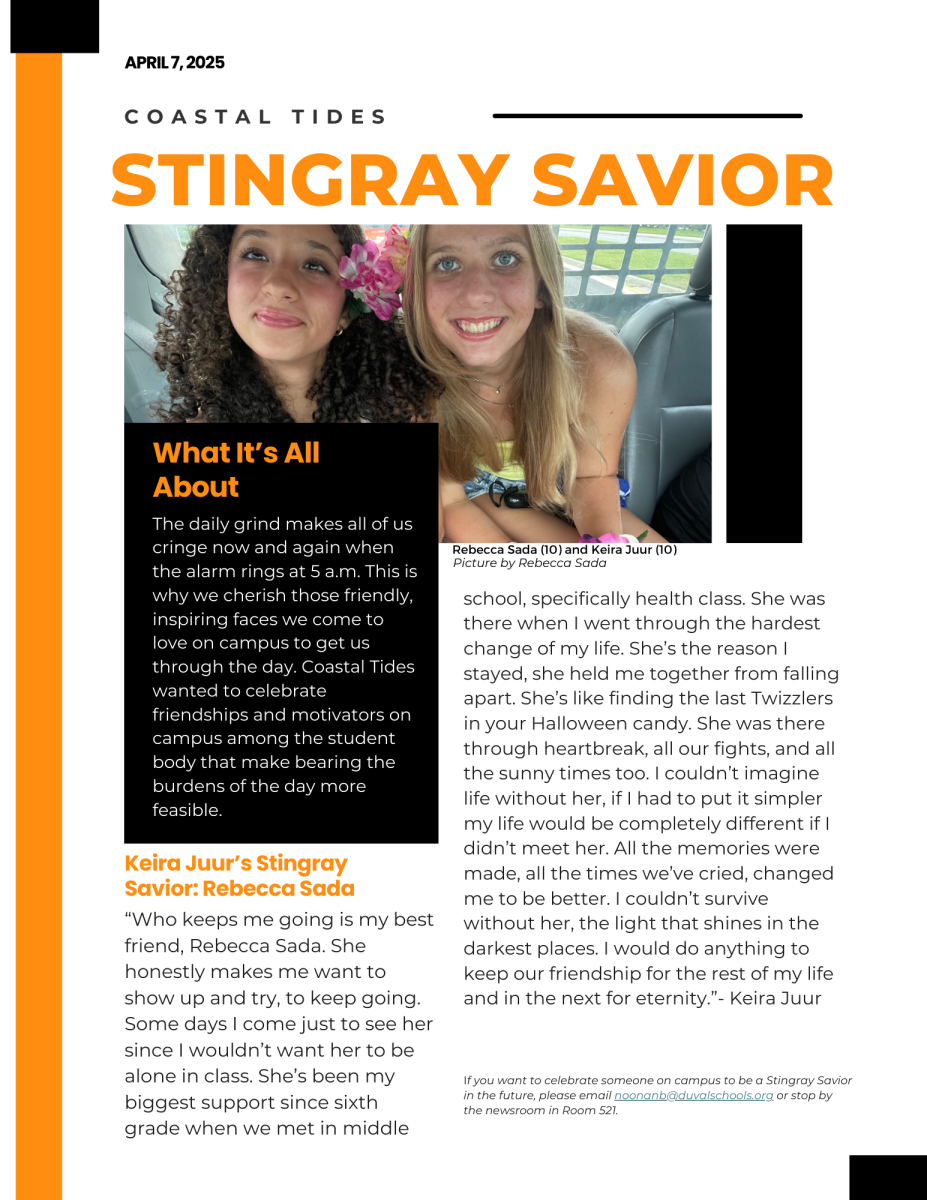Schools have a history of hyper fixating on how students choose to present themselves on campus, which takes much needed time away from what’s truly important, such as addressing bullying, student safety, and the quality of education.
Often, the responsibility of making a true change in matters such as these falls upon the student, not administrators, and there is no more apparent instance of this than the student dress code.
The issue of student dress code was acknowledged on a national level when the news descended on Bartram Trail High School in St. Johns County, Fla., after the school’s yearbook team Photoshopped the headshots of at least 80 female students, due to their photos being too provocative and sexually suggestive, according to a May 2021 article in The New York Times.
One of the young women quoted in the story, a freshman, spoke out when the cleavage in her photo was digitally removed, saying she felt “sexualized and exposed.” She was not alone among her peers.
Administrations across the nation place such a strong emphasis on what articles of clothing a student can and cannot wear, limiting self-expression and causing even young children, like myself, to lose sight of their personality and confidence.
Students, or in fact children, are confined in this chokehold, forced to present themselves in a manner that doesn’t appeal to the male gaze or provoke a raunchy reaction, and it’s sickening.
While some teenage boys might find a girl’s shoulder distracting and lose focus during class, it feels somewhat unfair to prioritize boys’ reactions over a girl’s right to express herself freely. In other words, the focus on the shoulder becomes an issue only when an adult––who is supposed to be a protector––decides the girl’s body is too tempting for an academic setting.
It feels creepy that an adult is viewing children through that lens in the first place, deducing if their choice of clothing is too suggestive in their eyes.
The solution for this “problem” is the mandated use of uniforms in schools across the nation.
However, instead of being the solution, uniforms only create a new set of problems. I felt the strike on self-identity personally, and amongst my peers when I went to a school that mandated uniforms for all students.
Every single morning, putting on that stiff, navy-blue shirt and the same boring skirt felt like I was losing myself bit by bit. It wasn’t just a uniform; it was a barrier between who I was and who I was forced to be. Standing in front of the mirror, there was no sense of identity. It wasn’t me staring back; it was just another face, another person hidden behind a dress code that made everyone look the same. The uniform didn’t just cover my body; it covered my individuality, my chance to express who I really was.
It’s not just about clothes. It’s about the right to show who you are, to wear what feels like you. Bright colors, unique patterns, styles that reflect personal taste, all taken away. That freedom to express yourself through clothing is a simple, yet powerful act of self-expression, especially for teenagers who are still figuring out who they are. Day after day, it was the same routine, one more chance for my personality to be ripped away.
School uniforms don’t fix any real problems. They don’t stop bullying or make anyone safer. They just crush confidence and creativity. They create an environment where identities become suppressed, where no one gets to shine as who they really are. Instead of encouraging people to embrace their differences, uniforms force everyone to blend into a sea of sameness. You don’t think to dye parrots the same color, why would it occur to someone to do the same to their children?
Instead of focusing on what students wear on the outside, schools should prioritize what’s happening on the inside, focusing on mental health, bullying, and the emotional well-being of students.
Appearance should never be the primary concern, especially when deeper issues are affecting the lives of young people. When students are struggling with mental health, dealing with bullying, or feeling disconnected from others, what they wear becomes as significant as the silent “s” in “island.” Providing easy access to counseling services and creating environments where mental health is openly discussed or normalized should be the priority over measuring how much of a “scandalous” shoulder or knee is exposed.
One message I’d like all administrators to hear is that concern is more powerful when it shows up as compassion, not control.























